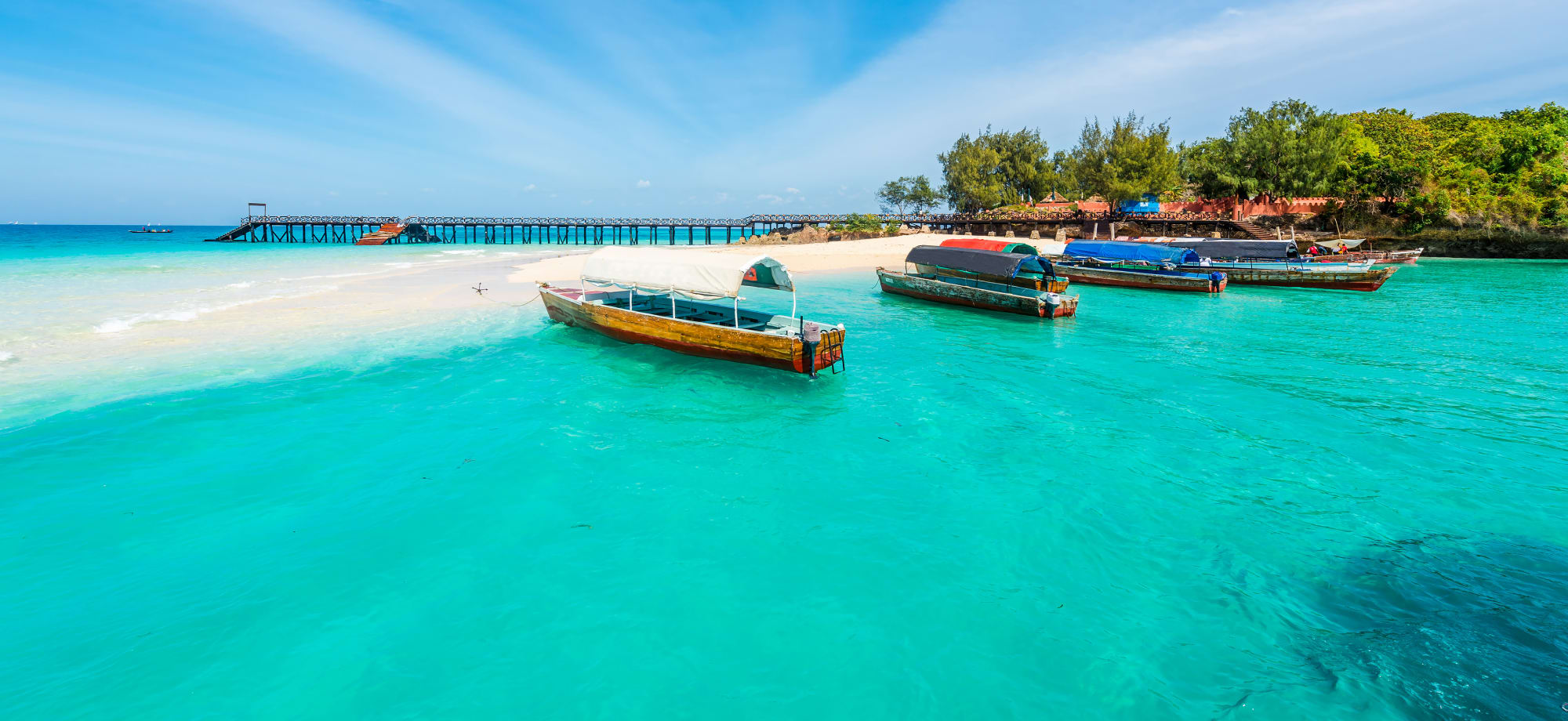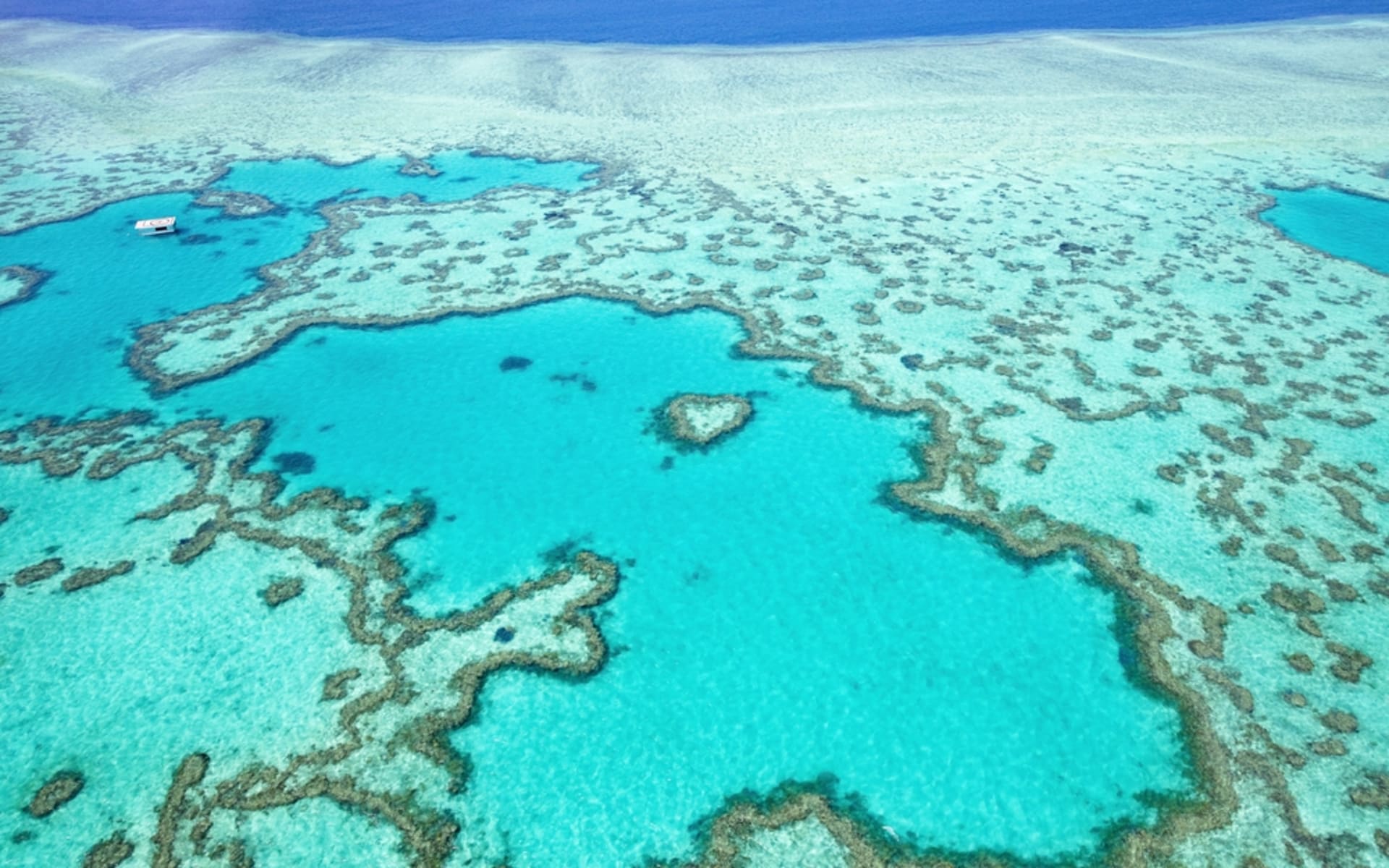Dive into crystal blue waters and witness a display of the greatest abundance of marine life on Earth.
 A Green Turtle on the Coral Reef
A Green Turtle on the Coral Reef
This UNESCO World Heritage site is renowned for its stunning biodiversity, hosting over 9,000 known species, including vibrant corals, fish, sea turtles, and various marine mammals. The reef not only serves as a breathtaking natural wonder but also plays a crucial role in the global ecosystem, providing habitat and sustenance for countless marine organisms. Its crystal-clear waters and kaleidoscopic corals attract millions of visitors each year.
A trip to the Great Barrier Reef offers an unforgettable adventure filled with stunning marine life and breath-taking scenery. Starting in Cairns, visitors can easily access the reef, which is renowned for its vibrant coral ecosystems and diverse aquatic species. Many travellers choose to embark on a live-aboard tour, allowing them to spend several days snorkelling in the Great Barrier Reef or even diving amongst its fascinating coral cities. This immersive experience provides opportunities to witness the dazzling underwater world up close, including colourful fish, majestic sea turtles, and even the occasional reef shark. The thrill of exploring the outer reefs, such as those around Osprey Reef or the famous Cod Hole, makes for an exhilarating journey.
For those preferring to stay on land, day trips to the reef are readily available, often including options to visit picturesque islands like Green Island or Fitzroy Island. These excursions typically offer a mix of snorkelling, glass-bottom boat tours, and opportunities to relax on pristine beaches. Visitors can enjoy a leisurely day soaking up the sun, exploring lush rainforests, or indulging in a picnic lunch by the water. The clear, warm waters of the reef make it an ideal setting for both novice and experienced snorkelers, providing a chance to marvel at the vibrant coral gardens and the myriad of marine life that inhabit them.
The best time to visit The Great Barrier Reef
The best time to visit the Great Barrier Reef is generally considered to be from June to October, during the dry season. This period offers optimal weather conditions, with warm temperatures, low humidity, and minimal rainfall, making it ideal for outdoor activities such as snorkelling and diving. The calm seas during these months provide excellent visibility for exploring the vibrant underwater ecosystems, allowing visitors to fully appreciate the stunning coral formations and diverse marine life. This timeframe coincides with the migration of humpback whales, which can often be spotted breaching in the waters surrounding the reef, adding an extra layer of excitement to any trip.
It's important to note that the wet season, from November to March, brings higher humidity and increased rainfall, which can affect visibility and accessibility to certain areas of the reef. Additionally, this period marks the jellyfish season, when stinger species like the box jellyfish and Irukandji are present in the waters, necessitating the use of protective stinger suits for swimming and snorkelling. Despite these challenges, the wet season also brings lush landscapes and vibrant rainforests, offering a unique perspective of the Great Barrier Reef's ecosystem. Ultimately, the best time to visit depends on your preferences for weather, activities, and the specific experiences you hope to enjoy while exploring this natural wonder.
WEATHER CHART:
- Excellent
- GOOD
- POOR
Need to chat?
Find out more and tailor your perfect trip with the help of our specialist team
Enquire OnlineMore travel inspiration from Wayfairer customers and travel specialists

15 Most Beautiful Places To Visit in Vietnam
April 14, 2023

Guide to Angkor Wat Temples (Including Where to Stay)
April 22, 2025

8 Best Beaches in Zanzibar and Hotels
March 25, 2025

Sign up to our newsletter
For more travel inspiration delivered straight to your inbox just fill in your details here

Start planning your luxury Great Barrier Reef tour today
We're looking forward to hearing from you







